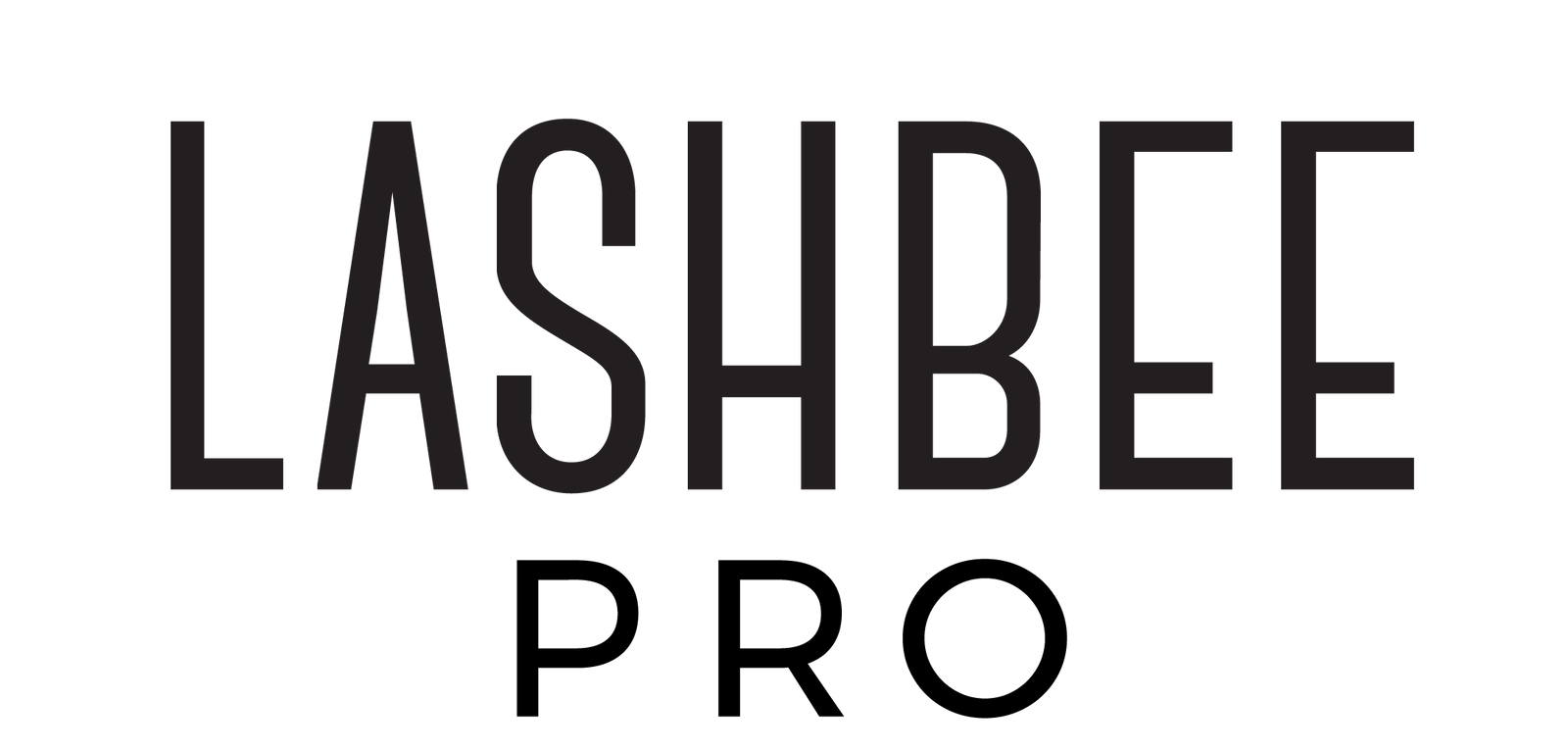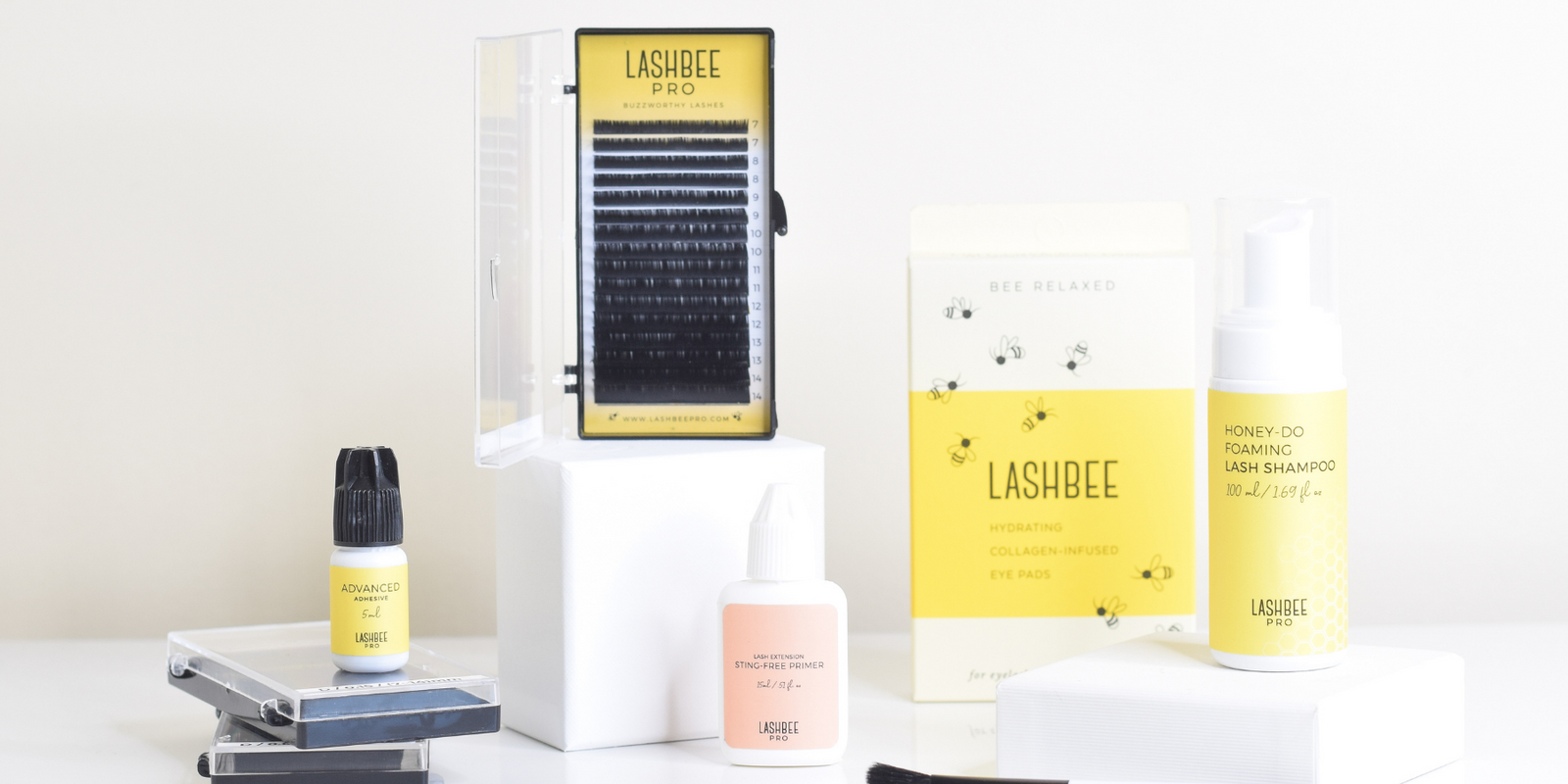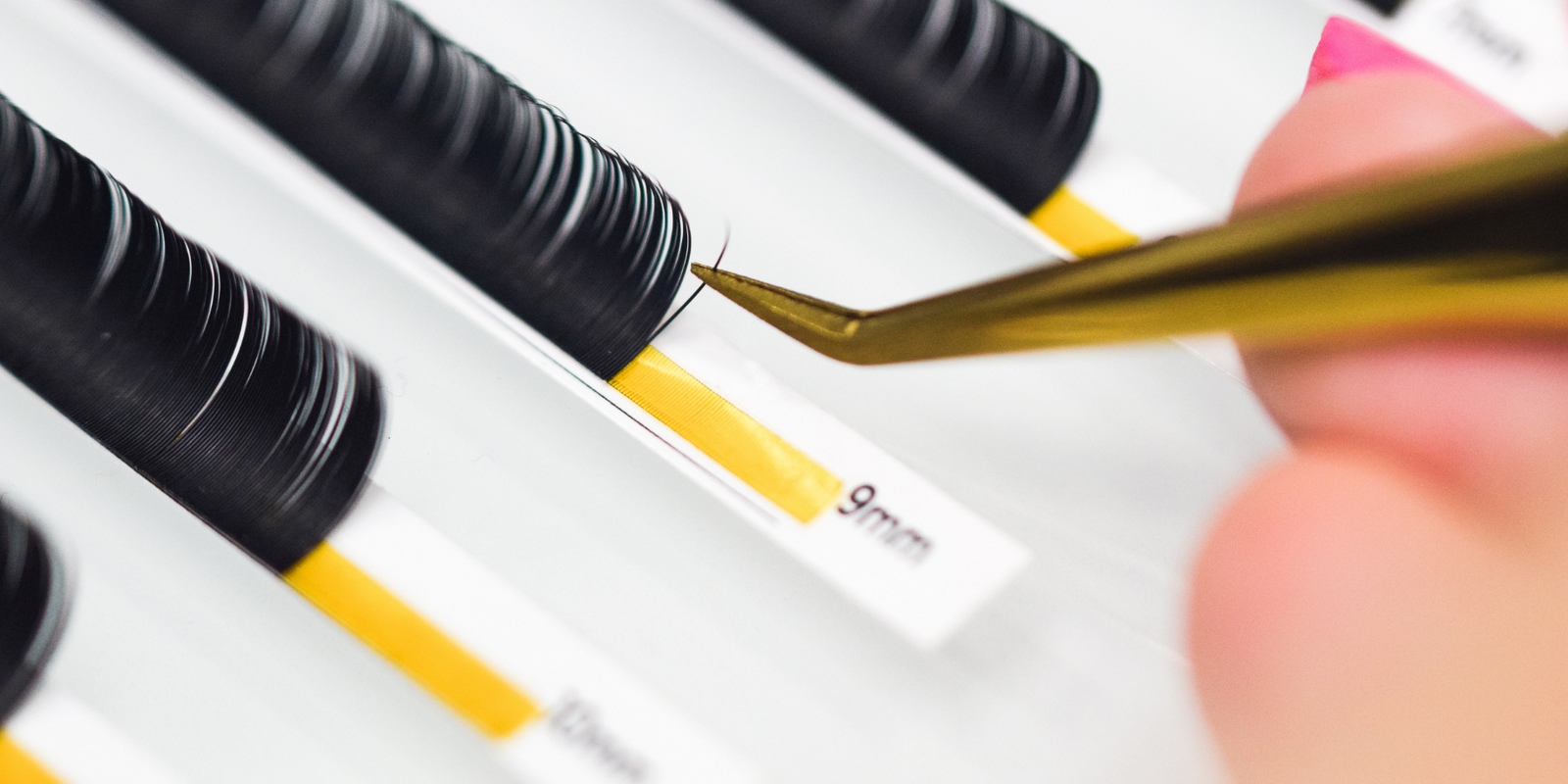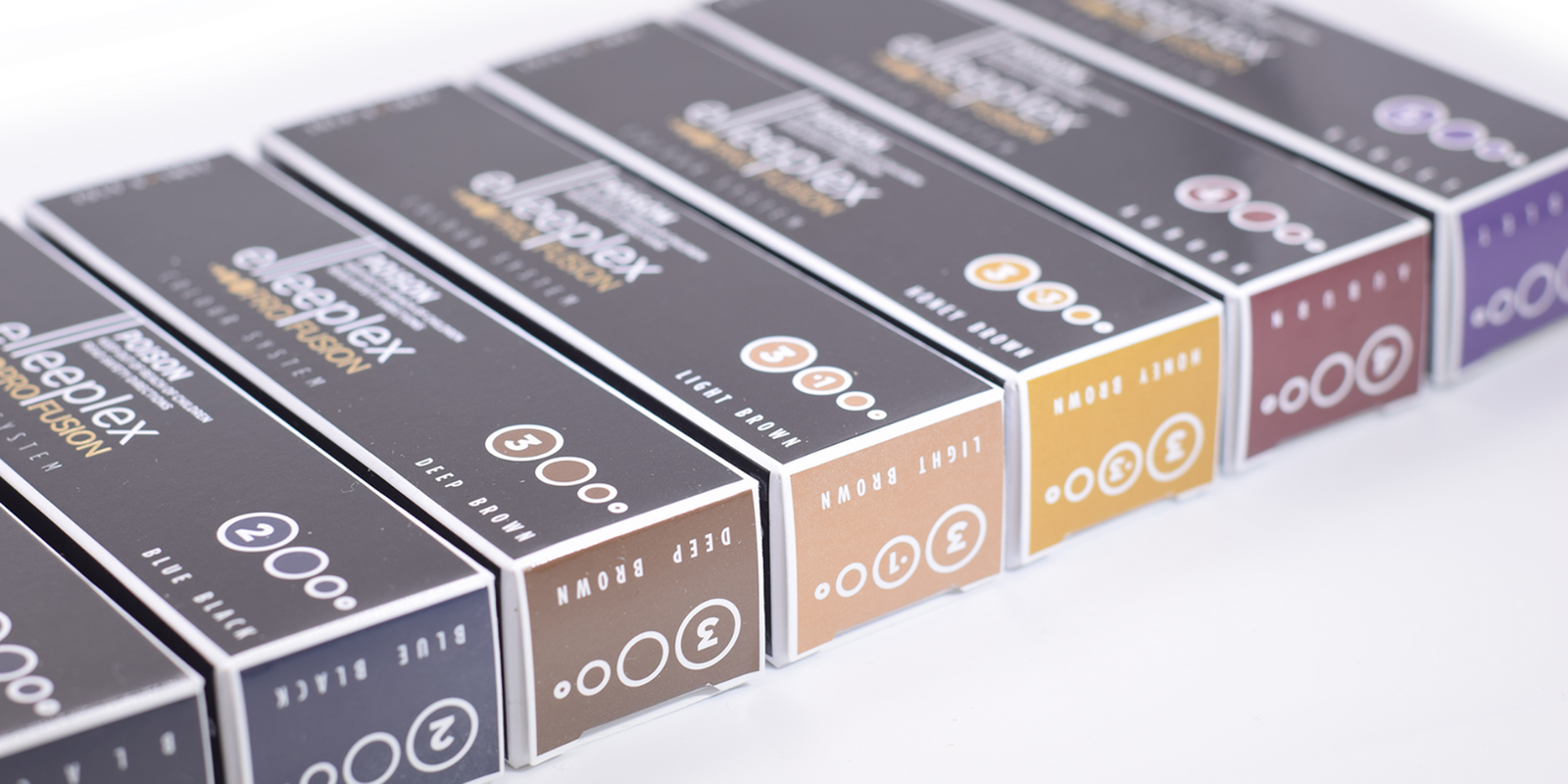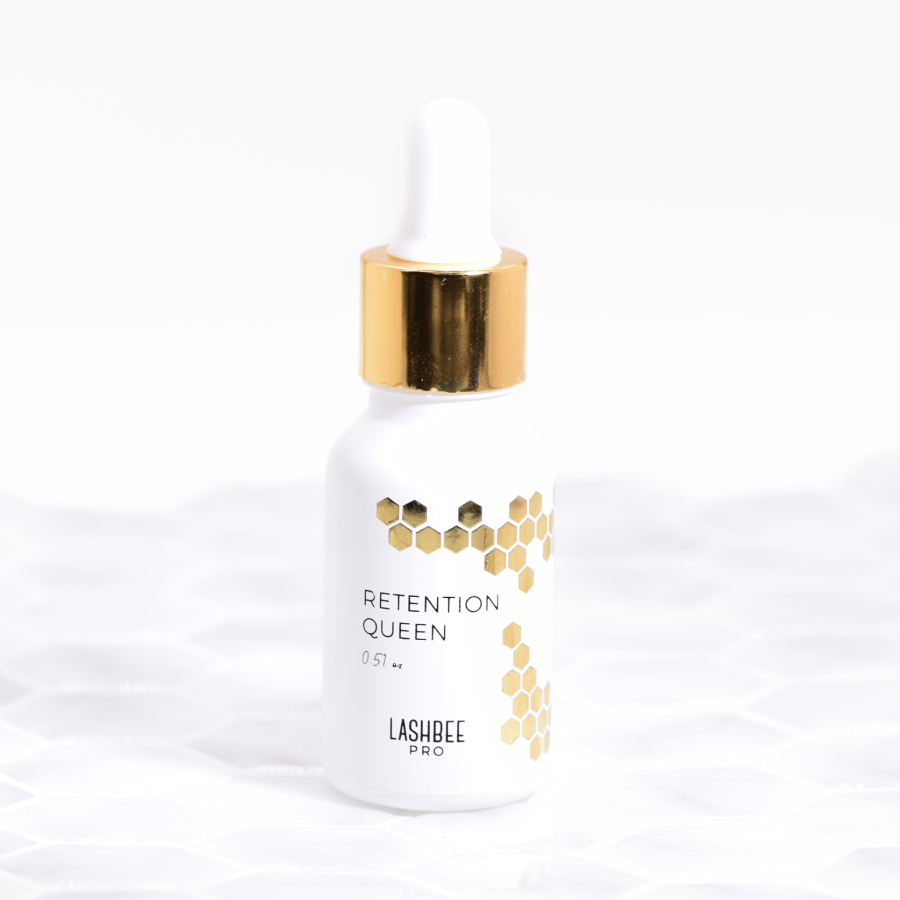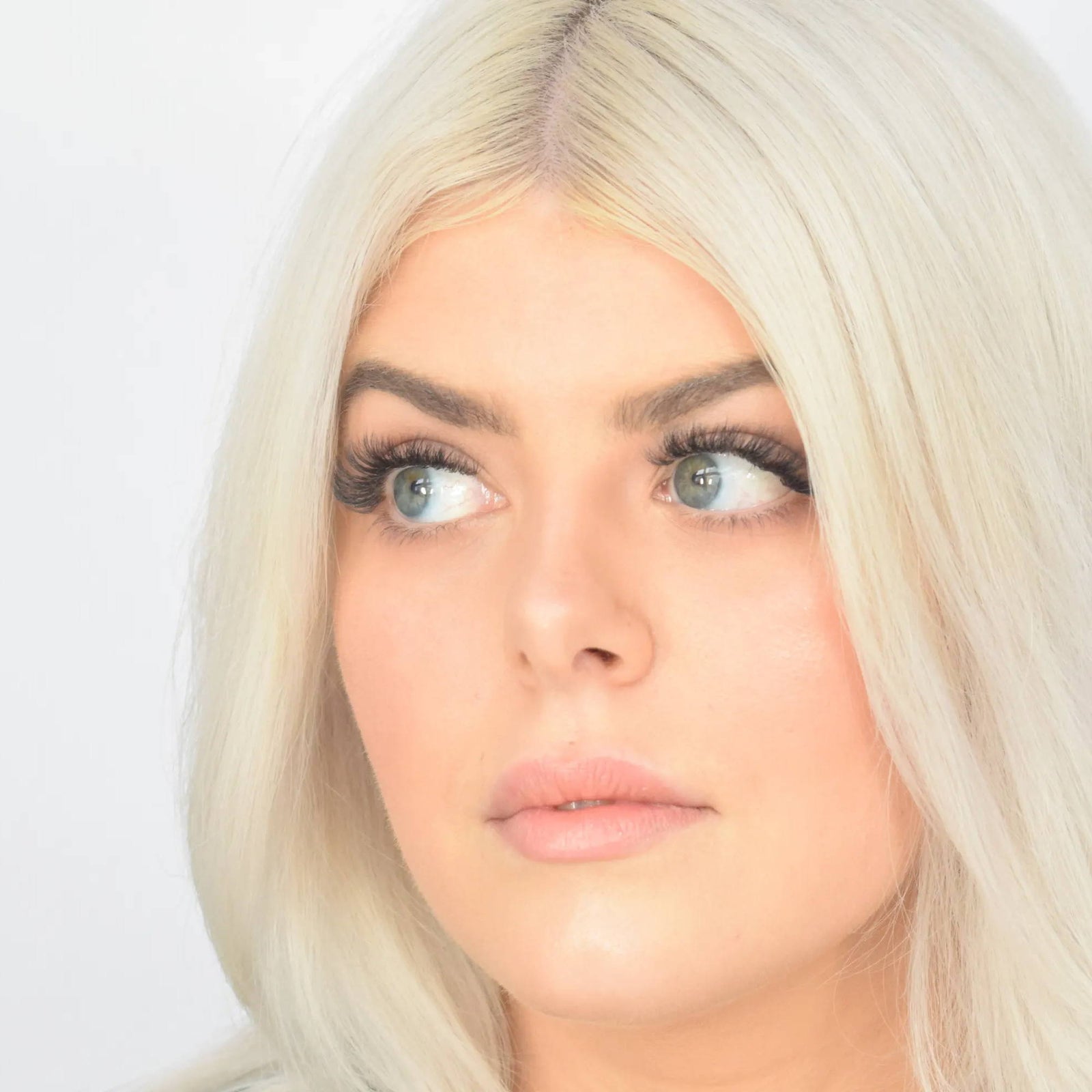Confused about all things cyanoacrylates? We’ve got the info!
To refresh your memory, cyanoacrylate molecules are the little guys that compose lash adhesives. Many factors impact the cyanoacrylate’s curing time and strength. Each factor should be carefully monitored when purchasing lash adhesives to ensure maximum retention during lash services — so we’re here to break these factors down for you!
pH Levels
Cyanoacrylates are super sensitive to the pH levels of the bonding surfaces. In adhesives, a small amount of acidic stabilizer is added to allow the cyanoacrylate to maintain its liquid state when not in use. This stabilizer reacts with moisture in the air once adhesive is added to a surface to be bonded.
The reaction between the water in the air and the acid kick off the polymerization (curing) process, which is why paying attention to humidity levels in your work space is so important!
When natural lashes are acidic (pH less than 7), the adhesive will take longer to cure. Similarly, adhesives cure faster when lashes are basic (pH greater than 7). Both situations can result in shorter polymerized chains and thus a weaker bond.
For best results, lashes should be as close to neutral as possible. It is crucial that your client’s natural lashes are thoroughly cleaned, with no traces of makeup, oil or other buildup, and a pH-balanced surface.
Remember, you can achieve this by beginning your lash service by cleansing with a specialized lash cleanser (e.g., LashBeePro’s Honey-Do Lash Shampoo) and/or a primer (e.g., LashBeePro’s Sting-Free Primer, paired with our Pre-Treatment for extra-oily clients). Make sure to speak with repeat clients about proper lash cleansing during their aftercare routines!
Humidity
Moisture is key to curing cyanoacrylate so humidity levels can also have a great impact on how you work with your adhesive. Higher humidity (i.e., more moisture in the air) will cause cyanoacrylate to cure more quickly, while lower humidity will slow the curing process down. We recommend purchasing a reliable thermohygrometer so you can easily track both temperature and humidity, and adjust accordingly.
When humidity is too high (typically greater than 70% for eyelash extension adhesives, but this varies by adhesive), the adhesive can “shock cure.” This can result in a shrunken layer of adhesive and an effect called “blooming,” in which a white byproduct appears. For these types of environments, we recommend a specialized High Humidity Adhesive.
It may appear as if the lashes are going on perfectly but then when you brush out the lashes, a bunch come right off! We recommend brushing every 15 minutes as you apply lashes to make sure this is not happening.
Both high and low humidity environments can result in a weaker bond. While exact specifications vary according to the type of adhesive, your adhesive will generally work best with a relative humidity of 40-60%. You may try:
- Using a dehumidifier to remove excess moisture from the air around you
- Switching to a slower-curing adhesive (e.g., LashBeePro’s Flexible Adhesive)
- Replacing your adhesive drop every ~10 minutes
Low humidity has the opposite effect – you may notice difficulty getting your extensions to “set” on the natural lash. As you place the extension down, it may flop right off, forcing you to hold the extension on the natural lash for longer. Frustratingly, this can significantly slow down your time to apply the extensions!
If you are working with low humidity, you can try:
- Using a humidifier to add moisture to the air around you
- Switching to a faster-curing or low-humidity adhesive (e.g., LashBeePro’s Low Humidity Adhesive)
- Applying an accelerator to the tray of extensions prior to beginning service (accelerator helps to speed curing and strengthen the bond)
- Using a nanomister to add some additional moisture
- Using a retention bond-booster to instantly cure adhesive.
- Staying patient! Hold the extension in place a moment longer than normal before releasing
- Not using water (other than through a nanomister), alcohol, or baking soda to force the adhesive to cure. These can cause shock-curing and are very irritating to the eye.
Temperature
Cyanoacrylates cure faster as the temperature rises. For most cyanoacrylates, an 8-10⁰ Celsius (46-50⁰ Fahrenheit) increase in temperature will cut curing time in half, while lower temperatures make the adhesive more fragile and brittle. The vast majority of eyelash extension adhesives will work best at room temperature, or 68-75⁰ Fahrenheit. Always check your manufacturer’s guidelines for best results.
We recommend purchasing a thermo-hygrometer that reads both temperature and humidity of your working area. Use a humidifier/dehumidifier and heating/air conditioning as necessary to bring your work space into the appropriate settings.
Once opened, we recommend replacing your adhesive every 6-8 weeks. Over time, the cyanoacrylate will grow thicker and cure more slowly. If you are doing lashes full time or sharing the bottle with another lash stylist, you may want to consider replacing the bottle more frequently. We also recommend that you place adhesives in a small container with rice, which helps absorb the moisture from the air.
Frequent opening and closing can allow air (and thus moisture) to sneak into the bottle, prompting premature polymerization. For ease, write the date you open the adhesive on the bottom of the bottle with a marker.
For best results, always confirm storage and usage guidelines with your manufacturer!

